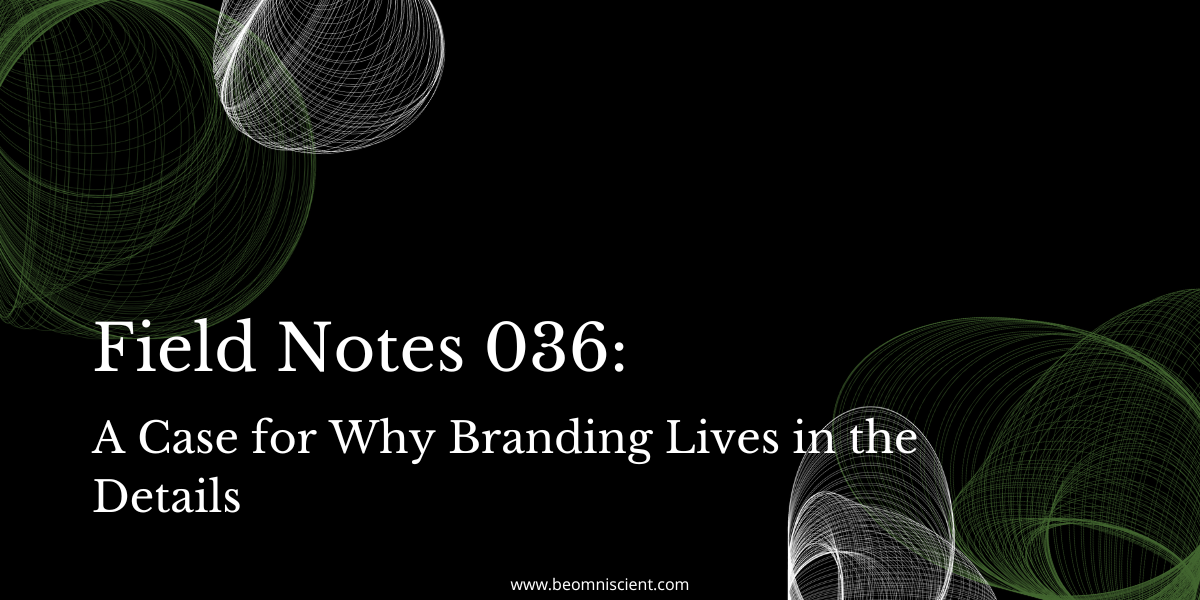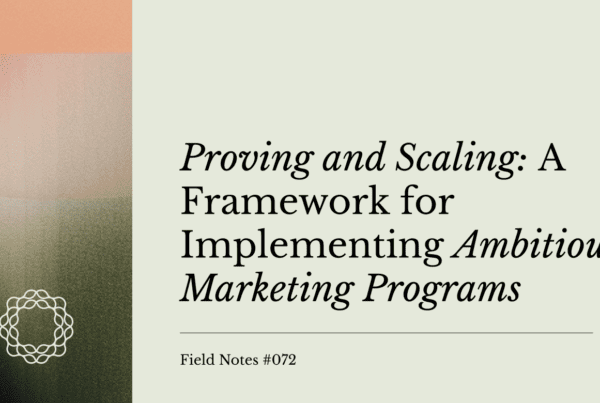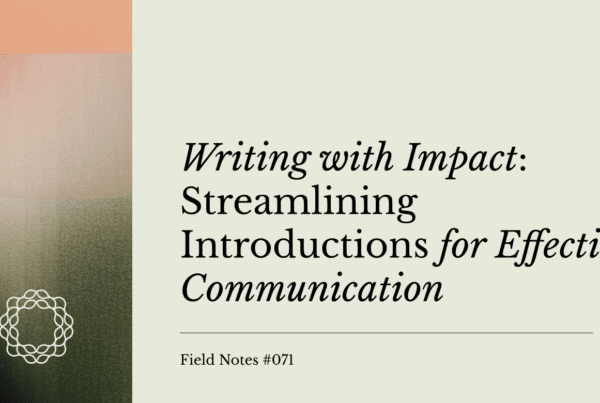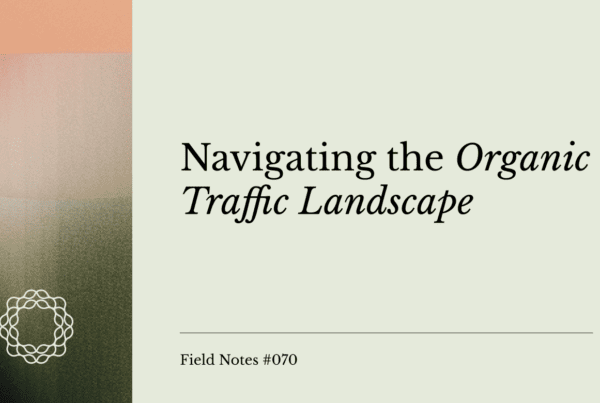
Effective branding isn’t done in grand gestures.
Your unique brand shouldn’t be something you reserve for the occasional flashy marketing campaign. Do this and you’re leaving behind daily opportunities to engage your audience on a personal level.
The most impactful branding—the kind that engages your audience as individuals and gets them invested in your brand—lives in the details.
Your brand should be present everywhere that you are. Every engagement with your audience is a chance to showcase who you are, why you do what you do, and how you do it.
With each interaction, you’re guiding them toward the “ah-ha!” moment when they realize they’ve finally found a company that understands them and is an ally for their cause. Your tone, writing style, graphics, and precise language form the foundation of your brand voice.
Now, use it everywhere.
This means in each blog post, landing page, email… everywhere. Even how you engage with your audience on social media contributes to how they connect with your brand.
That’s how you build trust with your audience.
There is no cookie-cutter template or a one-size-fits-all strategy to establish an effective brand voice. That’s why it’s important to understand your audience as a collection of individuals, not just bucketed personas based on how they might use your product.
That sounds daunting. With so many moving parts, having support is helpful.
Our team has spent a lot of time thinking about effective branding.
Namely, we’ve been looking at what it means to have a strong brand and how we can capture our client’s voice and tone in each piece of content. Our process begins during client onboarding. We ask precise questions to get a complete picture of our client’s brand then build a list of adjectives to describe the brand. Our writers keep this in mind with every word they put on the page.
So, the big question is this: How do you build, or help your content marketing agency build, the foundation for a brand strategy? Let’s break it down into three actionable categories.
First, think about your company’s purpose:
- What exactly is it that you’ve set out to do?
- Why are you doing it?
- Why do you do it better than the other options around you?
- How do you want to be perceived in the marketplace?
Second, take your target audience and market into consideration:
- Who is going to find the most value from your product?
- What problems are you solving for them?
- What does your target audience want to see from a leader in the industry?
- How might you connect with the people in your target audience?
Third, set some clear and measurable business goals. Per its broad nature, branding can be tricky to measure. You need to be able to draw a line from the results back to the work you’ve done:
- How many people are engaging with your social media posts?
- Are you seeing an increase in brand mentions on social media?
- What is the referral traffic to your website? Is it coming from a place where you have specifically put in the effort to increase brand awareness?
- What is the branded search volume?
- What percentage is your brand being talked about compared to competitors? Otherwise known as your brand’s share of voice.
The number of shares, likes, and comments your posts receive is a good indicator of how well they’re resonating with your audience. You can assume your brand awareness efforts are working if you see a boost in brand mentions, tags, and hashtags related to your company’s area of expertise.
In short, if more and more people are talking about your brand, what you do, and what you stand for, you’re in pretty good shape.
Branding is complex and highly individualized. A strategy that’s ground-breaking for your neighbor might mean pennies for you. In a perfect world, your brand is both an authoritative resource for your audience AND the personality behind a great product they can recommend.
Pro tip: A skilled content marketing agency can help you understand your brand, how to execute a strategy, and what metrics to watch.
Capturing your brand voice is big—a big thing that’s executed in small ways everywhere your company has a footprint.
Let the final takeaway be this: You need to be able to iterate with where the market and your audience take you. Allow your audience to guide how you connect with them.
If it feels overwhelming, just remember that the little ways your brand connects with your audience are the ones that mean the most.
Want more insights like this? Connect with the team on LinkedIn: Megan, Nia, Sam, and Audrey
Recommended Reads
1. 8 Steps to Build a High-Converting Lead Generation Funnel – See how your branding efforts operate in a high-converting lead generation funnel.
2. What Strong Brands Can Learn From Strong Marriages – Read these bite-sized ideas for how you can strengthen your brand’s relationship with your audience.
3. How to Create a Standout Brand Messaging Framework – Check out our tips and tricks for developing a foolproof brand messaging framework.



